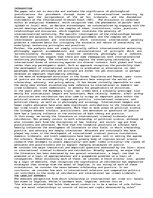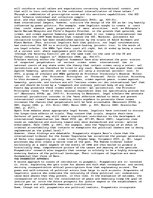On the basis of Dignan and Cavadino's attempts to construct a typology of victim-based contexts for evaluating criminal justice, the current limited concep- tualizations afforded by international criminal tribunals for rehabilitative and restorative justice themes is undoubtedly circumscribed by the tribunals' adherence to a traditional retributive model. In order to progress beyond this philosophical and institutional limitation would require both a philosophical reorientation which favours the moral utility of achieving reparative justice through reconciliation, and further, the reintegration and empowerment of victims by adopting a more communitarian model. The latter, however, is largely envisaged as dependant on institutional change, whereas the traditional court process101 is seen as an inappropri- ate locus for reintegrative ceremonies and popular forms of justice. Further, as Zedner suggests, prevailing notions of reparative justice and retribution tend to 'ignore the structural imperatives of deprivation and disadvantage under which many offenders act' whilst more developed conceptualizations of reparative justice might be capable of addressing communitarian ideals of social justice. Zedner advocates a vision of reparative justice predicated on the utility of all criminal justice practices as sharing responsibility for social inclusion and control and the equal distribution and enforcement of rights.…








